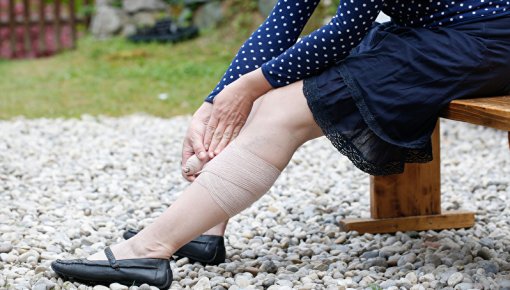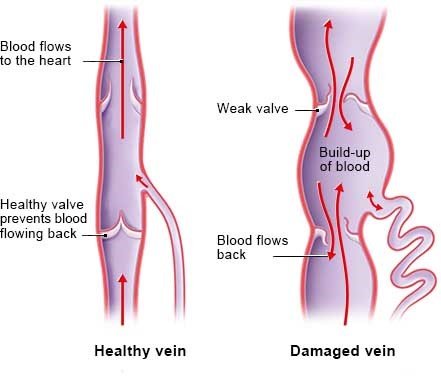Appelen D, van Loo E, Prins MH et al. Compression therapy for prevention of post-thrombotic syndrome. Cochrane Database Syst Rev 2017; (9): CD004174.
Azirar S, Appelen D, Prins MH et al. Compression therapy for treating post-thrombotic syndrome. Cochrane Database Syst Rev 2019; (9): CD004177.
Deutsche Gesellschaft für Angiologie (DGA). Diagnostik und Therapie der Venenthrombose und der Lungenembolie (S2k-Leitlinie). AWMF-Registernr.: 065-002. 2015.
Kahn SR, Comerota AJ, Cushman M et al. The postthrombotic syndrome: evidence-based prevention, diagnosis, and treatment strategies: a scientific statement from the American Heart Association. Circulation 2014; 130(18): 1636-1661.
Makedonov I, Kahn SR, Galanaud JP. Prevention and Management of the Post-Thrombotic Syndrome. J Clin Med 2020; 9(4): 923.
Morling JR, Broderick C, Yeoh SE et al. Rutosides for treatment of post-thrombotic syndrome. Cochrane Database Syst Rev 2018; (11): CD005625.
Schleimer K, Barbati ME, Grommes J et al. Update on diagnosis and treatment strategies in patients with post-thrombotic syndrome due to chronic venous obstruction and role of endovenous recanalization. J Vasc Surg Venous Lymphat Disord 2019; 7(4): 592-600.
Wienert V, Flessenkämper I. Das postthrombotische Syndrom. VasoMed 2017; (6): 290-296.
IQWiG health information is written with the aim of helping people understand the advantages and disadvantages of the main treatment options and health care services.
Because IQWiG is a German institute, some of the information provided here is specific to the German health care system. The suitability of any of the described options in an individual case can be determined by talking to a doctor. informedhealth.org can provide support for talks with doctors and other medical professionals, but cannot replace them. We do not offer individual consultations.
Our information is based on the results of good-quality studies. It is written by a team of health care professionals, scientists and editors, and reviewed by external experts. You can find a detailed description of how our health information is produced and updated in our methods.


